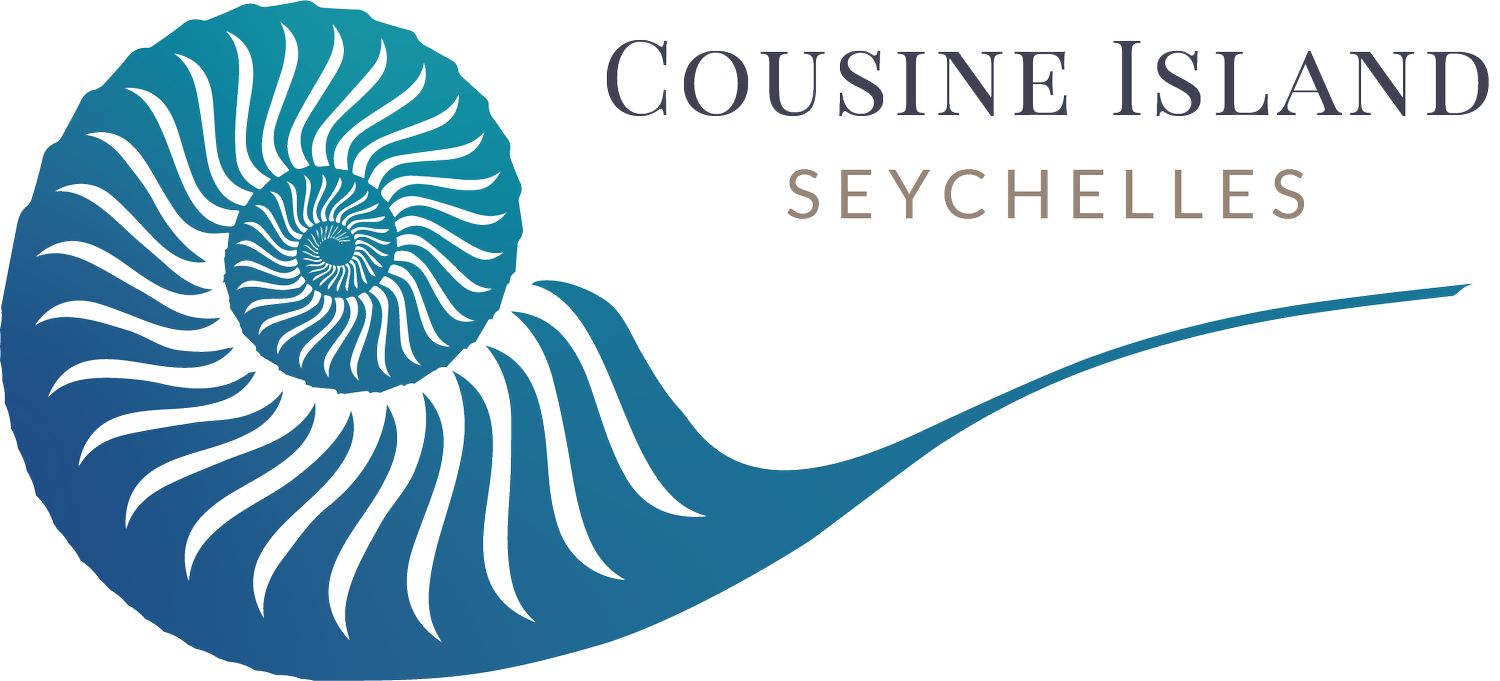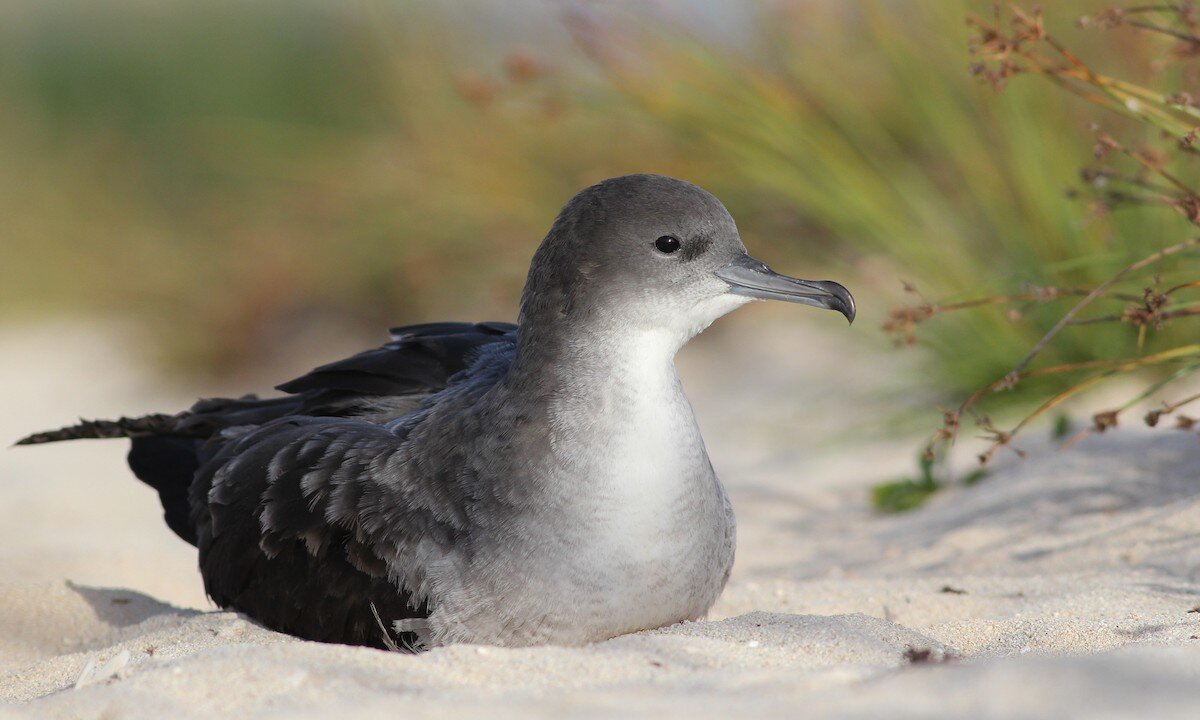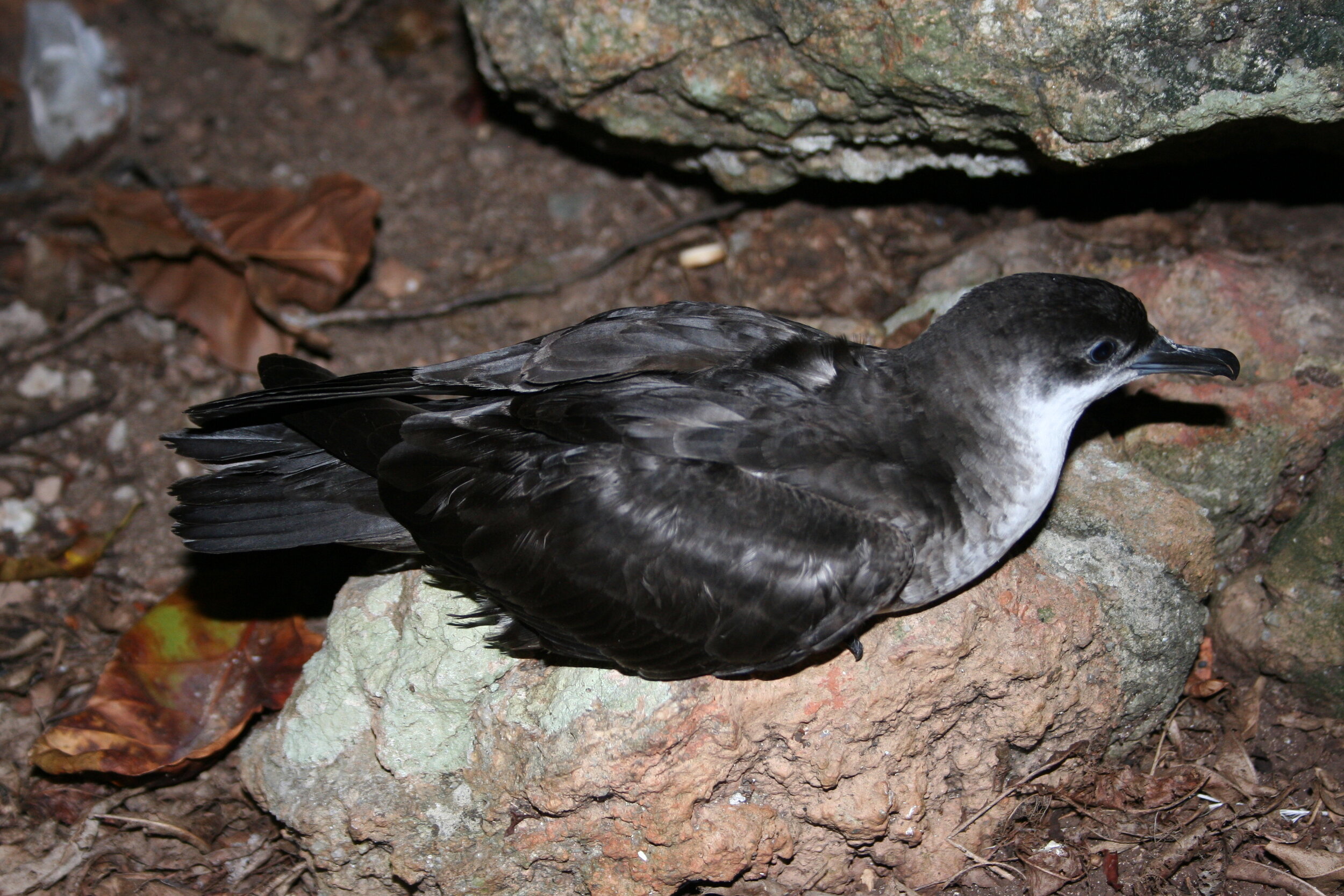Erleben Sie die seltene Schönheit der Vögel, die sich auf der Insel Cousine auf die Brutsaison vorbereiten
Wenn der September auf Cousine Island anbricht, werden der Himmel und die Baumkronen der Insel von einer beeindruckenden Vogelvielfalt belebt. Zu dieser Jahreszeit beginnt die Brutsaison für mehrere Vogelarten, von denen eine prächtiger ist als die andere.
Für Vogelbeobachter und Naturliebhaber ist es eine seltene Gelegenheit, einen intimen Teil der Natur zu erleben, wenn die Inselbewohner balzen, ihre Nester bauen und sich auf die nächste Generation vorbereiten. Von den geisterhaften Feenseeschwalben bis zu den majestätischen Weißschwanz-Tropikvögeln bietet der September einen Einblick in das Privatleben dieser herrlichen Vögel und macht Cousine Island zu einem Paradies für alle, die seltene und unvergessliche Begegnungen mit der Tierwelt suchen.
Wussten Sie das?
Die meisten Vogelarten auf Cousine Island nisten auf niedrigen Ästen oder auf dem Boden. Dadurch sind ihre Eier und Küken (wie diese flauschige Feenseeschwalbe) besonders anfällig für Ratten und Katzen. Die Beseitigung dieser invasiven Raubtiere ist der erste Schritt zur Erhaltung der Insel.
Die Gespenstenseeschwalbe
Eine Vision in Weiß
Die Feenseeschwalbe mit ihrem makellosen weißen Gefieder und ihrem grazilen, anmutigen Flug wirkt fast unwirklich, wenn sie über den Himmel der Cousine-Insel gleitet. Die für ihre geisterhafte Erscheinung bekannte Feenseeschwalbe ist ein seltener und eleganter Anblick. Im September, wenn die Brutsaison in vollem Gange ist, kann man diese bezaubernden Vögel bei ihren atemberaubenden Balzflügen beobachten, bei denen sie durch die Luft tanzen und ihre lebenslange Bindung zu ihren Partnern bekräftigen.
Was die Feenseeschwalbe wirklich einzigartig macht, ist ihr Nistverhalten. Anstatt ein traditionelles Nest zu bauen, legt sie ein einzelnes Ei direkt auf die Äste der Bäume. Es ist ein seltenes Privileg, diese zerbrechlichen Eier auf offenen Ästen balancieren zu sehen und zu beobachten, wie sich die Küken von Geburt an an den Baum klammern. Es sind Momente wie diese, die den September zu einer wirklich magischen Zeit für einen Besuch auf Cousine Island machen.
Feenseeschwalben paaren sich ein Leben lang und produzieren ein einziges Ei pro Brutsaison
Der majestätische Weißschwanztropikvogel
Eleganz aus der Luft
Mit seinen langen Schwanzfedern und seinem schneeweißen Gefieder ist der Weißschwanz-Tropikvogel ein wahrer Augenschmaus. Diese Vögel sind für ihre atemberaubenden Flugvorführungen bekannt, vor allem während der Brutzeit. Sie bei ihren dramatischen Balzritualen im Kreis fliegen zu sehen, ist einer der Höhepunkte im September.
Diese Vögel suchen sich abgelegene Felsspalten zum Nisten aus und sind daher schwer zu finden, aber umso faszinierender zu beobachten. Mit ihren langen Schwanzfedern, die sie hinter sich herziehen, wirkt der Weißschwanz-Tropikvogel majestätisch, wenn er über die Klippen der Insel navigiert. Diese anmutigen Vögel in Aktion zu sehen, vor allem während der Brutzeit, bietet eine seltene Verbindung zur natürlichen Schönheit, die Cousine Island ausmacht.
Der auf der Cousine-Insel nistende Weißschwanz-Tropikvogel kann aus nächster Nähe beobachtet werden
Der rätselhafte Keilschwanz-Sturmtaucher
Nächtliche Serenaden
Während tagsüber viele Vögel den Himmel bevölkern, dominiert der Keilschwanz-Sturmtaucher die Nächte auf Cousine Island. Diese nachtaktiven Vögel, die für ihre eindringlichen Rufe bekannt sind, die in der Abenddämmerung über die Insel schallen, kehren jedes Jahr im September zurück, um in den Höhlen entlang der Sandstrände der Insel zu brüten. Ihre unheimlichen Rufe, die oft als klagend beschrieben werden, schaffen eine geheimnisvolle und faszinierende Atmosphäre und erfüllen die Nachtluft mit den Klängen der Natur.
Sturmtaucher sind Meister des Nachthimmels und gleiten mühelos im Schutz der Dunkelheit. Da ihre Höhlen sicher an der Küste versteckt sind, ist ihr Nistverhalten ein seltenes und fesselndes Ereignis, das man beobachten kann. Wenn im September die Brutsaison in vollem Gange ist, können Besucher diese einzigartige Spezies bei der Aufzucht ihrer Jungen und bei einem Ständchen unter dem Sternenhimmel erleben.
Der charmante Seychellen-Laubsänger
Eine Erfolgsgeschichte des Naturschutzes
Einst vom Aussterben bedroht, gedeiht der Seychellen-Waldsänger heute dank engagierter Schutzbemühungen. Dieser kleine, olivgrüne Vogel hat sich in bemerkenswerter Weise erholt und ist nun überall in der Vegetation der Cousine-Insel zu sehen, insbesondere während der Brutzeit im September. Ihre melodischen Gesänge und ihre vibrierende Energie bringen ein Gefühl der Freude und Erneuerung auf die Insel, während diese Grasmücken weiter aufblühen.
Die Nistrituale der Grasmücke sind ein Beweis für die Widerstandsfähigkeit der Natur. Ihr Gesang hallt über die Insel, während sie komplizierte Nester bauen, um ihre Jungen zu schützen. Die Seychellengrasmücke steht für die Kraft des Naturschutzes, und sie auf Cousine Island gedeihen zu sehen, ist eine Erinnerung an das fortwährende Engagement der Insel, ihre einzigartige Artenvielfalt zu bewahren.
Seychellen-Waldsänger Cousin Island (eine Nachbarinsel von Cousine)
Naturschutz ist das Herzstück von Cousine Island
Der September ist nicht nur ein Monat der Erneuerung für die Vögel der Insel, sondern auch eine wichtige Zeit für den Naturschutz. Das Team von Cousine Island arbeitet unermüdlich daran, sicherzustellen, dass die Bruthabitate geschützt und ungestört bleiben. Ob es darum geht, Nester zu schützen oder die empfindlichen Ökosysteme der Insel zu verwalten, unsere Schutzbemühungen ermöglichen das Gedeihen dieser seltenen Vogelarten. Besucher sind eingeladen, an Ökotouren und Naturschutzaktivitäten teilzunehmen, die das Engagement der Insel für den Schutz der Tierwelt für künftige Generationen verdeutlichen.
Der September auf Cousine Island ist ein seltenes und fesselndes Erlebnis für jeden Vogelliebhaber und Naturbegeisterten. Ob Sie nun vom ätherischen Flug der Feenseeschwalbe fasziniert, von den geheimnisvollen Rufen des Sturmtauchers verzaubert oder von der Unverwüstlichkeit des Seychellen-Waldsängers bewegt sind - die Vogelwelt der Insel bietet unvergessliche Momente.
Das Naturschutzteam der Insel Cousine mit einigen unserer gefiederten Bewohner
Begleiten Sie uns zur Vogelbeobachtungssaison
Im September und Oktober beginnt die Vogelbeobachtungssaison, aber es gibt auch einige der ruhigsten und klarsten Tage, die zum Schnorcheln und Tauchen einladen. Es ist auch der Beginn der Angelsaison! Erkunden Sie unseren Öko-Kalender oder kontaktieren Sie unser Team, um Ihren Urlaub zu planen.





